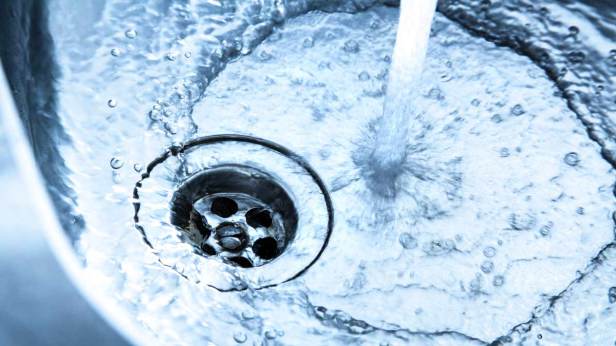Should you be concerned about what’s in your drinking water?
By Steve Zucker | Lenconnect.com | February 25, 2020

Read the full article by Steve Zucker (Lenconnect.com)
“In recent months, headlines across the state and nation have been flooded with an ever-increasing list of sites where ground and surface water has been found to be contaminated with a group of chemicals known as PFAS.
Those headlines hit much closer to home recently for Northern Michigan residents after state officials recently announced that the chemicals have been found in samples collected in and around Pellston.
The findings may have some residents outside of the Pellston area — especially those whose home drinking water comes from private wells — asking themselves if they should be concerned about what’s in their own drinking water.
The short answers from a state official and representatives of a Petoskey-based water quality advocacy group are: Yes, you should always be vigilant about what’s in your water, but to what degree depends on many factors.
The basics
An entry on, the U.S. Environmental Protection Agency’s website reads, ‘PFAS are found in a wide range of consumer products that people use daily such as cookware, pizza boxes and stain repellants. Most people have been exposed to PFAS. Certain PFAS can accumulate and stay in the human body for long periods of time. There is evidence that exposure to PFAS can lead to adverse health outcomes in humans.’
Although people can be exposed to PFAS in many ways, the two most common means of localized ground and surface water contamination is from the use of firefighting foam and industrial plating processes, said Christiaan Bon, a geologist with the Michigan Department of Environment, Great Lakes and Environment.
In the case of Pellston, the suspected source of the PFAS is firefighting foam used during training exercises at Pellston Regional Airport.
While the state has already done testing on municipal water systems across the state, private wells are another story. Both Bon and Jill Ryan, executive director of the Petoskey-based Freshwater Future organization, said the level of concern people should have about PFAS contamination in their own wells should be related to how close their well is to a potential source of contamination — in particular a commercial airport or an industrial plating site.
‘What we look for first is a definite source,’ Bon said. ‘For someone living way out in the country there’s likely nothing to be too concerned about (regarding PFAS) … Fortunately, in Northern Michigan there aren’t many industrial sites that would use (PFAS chemicals).’
Bon noted that the type of firefighting foam used at airports is different from the type used by some fire departments for more standard structural firefighting and therefore those foams don’t present the same PFAS contamination concerns.
However, Ryan said although there is a difference in the two types of foam, far less testing has been done on the non-airport foam. To that end, she said, it might be worth it for someone who lives near a site where foam may have been used to extinguish a structure fire to have their water tested.
Both Bon and Ryan noted that there are many factors that can affect how a contaminant migrates from its source, such as the properties of the chemical itself and environmental and geological factors. For instance, a well that is only a short distance away from the source of contamination, but is up-gradient (uphill) from the source, might not show any contamination, while another site much farther away, but down-gradient might show notable levels of the contaminant.
Ryan said much is still not known about how PFAS chemicals move in groundwater…"
This content provided by the PFAS Project.
Location:
Topics: